A Talk With Shobhan Bantwal
Topic: Author Interview
Shobhan Bantwal The Person: 1. What three words do you think describe you as a human being?
Restless
Easy to anger as well as easy to humor
Family oriented
2. How do you think others would describe you?
I think most people would describe me as extroverted, outspoken, and intelligent-a woman of too many words and strong opinions. But I always feel people give me more credit than I deserve for smartness and efficiency. Deep down, I feel very inadequate and afraid I'll never live up to their expectations.
3. Please tell us what you are most passionate about outside of writing.
My family is my passion-mainly my husband, daughter, and granddaughter. They are my whole life and I often worry about their health and their futures.
4. Do you have any pets? If so, introduce us to them.
I'm not a pet lover, so I have no pets, although my husband adores dogs and would love to have one.
5. What is your most precious memory?
My most precious memory is of holding my grandchild for the first time. It was only last year, but already it feels like such a long time ago, because she's already walking and talking. Somehow, grandchildren feel more precious than children, perhaps because I'm older and wiser now than when I became a mother many years ago.
6. What is your most embarrassing memory?
Some years ago, at a large New Year's Eve party at a friend's house, I slipped and fell on the slick tiled kitchen floor, right in front of several people. Of course, they were very solicitous and kind, but secretly I believe they thought I was drunk. I hadn't had a drop of alcohol because I don't enjoy it. All evening long I had nursed one glass of coke, but I still think people thought I'd had too much to drink. A few of them kept looking at me suspiciously. To this day I recall that episode and my cheeks get warm.
7. If you weren't a writer, what would you be doing with your life?
Actually, writing is only a hobby for me, which has somehow turned into a second career. My full-time job is with the government, so I'm a bureaucrat all day, five days a week. I put on my writer's hat on weekends and weekday evenings. Most often, I struggle to make the time to write, because my day job can be quite demanding.
8. In two paragraphs or less write your obituary.
Shobhan Bantwal was a woman of great courage. With no experience of any kind, or any visible talent, she took up writing at the age of 50. A half century of living had apparently failed to teach her that merely dreaming of something does not necessarily guarantee success. The amazing thing was that Shobhan did dream of becoming a published writer and did manage to succeed (to some extent). Despite rejections earlier in her quest for an agent and publisher, she managed to find both at 54. She was a bit crazy but she died a happy woman.
One thing can be said about Shobhan: she was passionate about everything she took up, her family being her main project in life. She loved them with no expectations in return.
Shobhan Bantwal The Writer:
9. Can you describe the time you realized you were indeed a "real" writer?
When I started to write short stories I wasn't very confident that my tales with Indian characters and cultural elements would be of interest to anyone. But my first short story competition entry, sponsored by Writer's Digest, won Honorable Mention. That same year, another story won Honorable Mention in a contest run by New York Stories magazine. That was the moment when I realized that I had some potential, and that I could perhaps write a full-length novel.
10. What is going on with your writing these days?
I'm working on my third novel, because Kensington, my publisher, offered me another two-book contract. I am not allowed to discuss its theme at this time, but I can safely say it will be a story about Indian culture and features mostly Indian characters. I prefer to stick to what I know.
11. What are your future goals for your writing?
Since I have a fairly demanding day job, I prefer to think in terms of one book at a time. Anything beyond that is much too ambitious, given the constraints on my time and energy.
12. Can you describe a typical writing day for you?
I don't have a typical day. Each day is different. However, on weekday evenings, I generally get about an hour of writing done after dinner. On weekends, I get slightly more time, but housework and the daily demands of running a household and socializing cut into weekends as well. But I try to pack as much writing as I can into my weekends.
13. Why do you write?
I have a lot of ideas and stories swirling in my brain. I have to vent those, and if I can express my opinions on certain social issues that bother me (remember I'm opinionated), then weaving them into fiction and making a story out of a real social-political issue is a great way to say what I want. Also, Indian culture is very rich, with plenty of fodder for fiction, and I try to draw from it as much as I can. Educate, Inform, and Entertain are my main reasons for writing.
14. What writer most inspires you? Why?
Although she is not my absolute favorite writer, Nora Roberts inspires me greatly, mainly for her prolific writing. She literally churns out books by the dozen each year, and good quality ones, a feat no other author seems to be able to emulate. And every book turns into a bestseller. She is truly amazing, and an inspiration to many writers, including me.
15. How do you define your writing?
I call it mainstream women's fiction with romantic and ethnic elements.
16. In one sentence-what do you want people to say about your writing in fifty years?
Great entertainment with a delightful dose of spice, romance, and drama.
Shobhan Bantwal The Details:
17. Can you tell us where to find more information on you? Website? Blog?
I'm not a blogger by nature but I have a nice website, with information on my books, my other writing, links to my non-fiction articles, my bio and award-winning short stories, Indian recipes, photographs from India, book reviews, and contact page. The website is http://www.shobhanbantwal.com/
18. Is there a place where readers can reach you?
Yes. Readers can reach me through my email address on my website contact page - shobhan@shobhanbantwal.com
19. Can you list all your book titles so people can look for them?
THE DOWRY BRIDE - Released September 1, 2007
THE FORBIDDEN DAUGHTER - Released September 1, 2008
Both are available at all nationwide and Canadian bookstores and online booksellers.
20. For new readers-what can they expect when they read your book(s)?
They can expect to read very entertaining mainstream fiction filled with drama, intrigue, and romance, and at the same time learn a lot about Indian culture and some hot-button social issues that are significant in contemporary India. I get a lot of email from readers who thank me for opening their eyes to certain issues that they had no knowledge of. They always tell me they found the idea of using a real life social issue combined with fiction a great way to bring it to people's attention.
In conclusion:
21. Take as much space as necessary to speak to our readers-what would you like them to know about you and your writing?
I love receiving feedback from my readers. Hence I have created a contact address on my website where they can reach me (indicated in question 18).
My writing, as I mentioned, is to educate, entertain and inform, so I hope they pick up my books so they can have all three. Not many American and Canadian readers are aware of the real India, which lies somewhere between the glitz and glamour of Bollywood (Bombay Hollywood) and the poverty and bleakness portrayed in documentaries and serious literary novels about India. In my books, readers can get a middle-of-the-road glimpse of Indian life.
Posted by joyceanthony
at 12:14 AM EDT
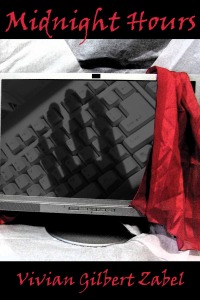
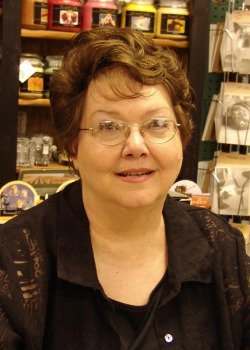

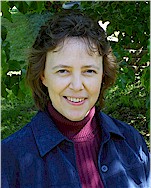
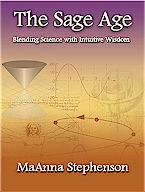
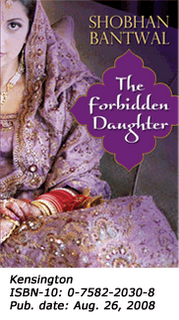
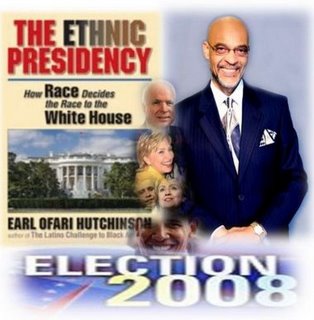 A short time ago, I had the opportunity to feature Earl Ofari Hutchinson here at Books and Authors. This election is an historice one, no matter who wins. For that reason, I wanted to tell readers again about this wonderful book, written by a man who is extremely well-versed in politics.
A short time ago, I had the opportunity to feature Earl Ofari Hutchinson here at Books and Authors. This election is an historice one, no matter who wins. For that reason, I wanted to tell readers again about this wonderful book, written by a man who is extremely well-versed in politics.